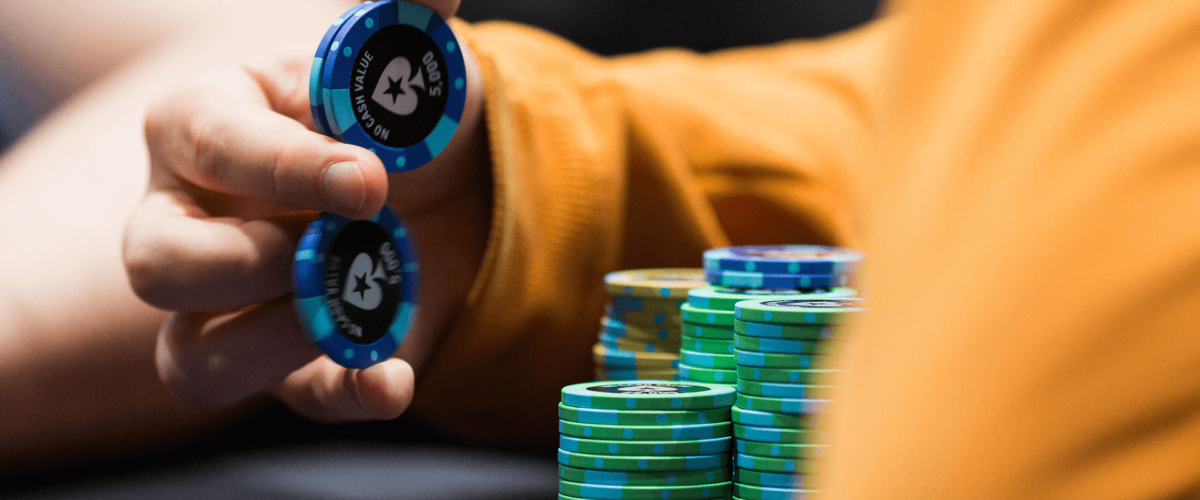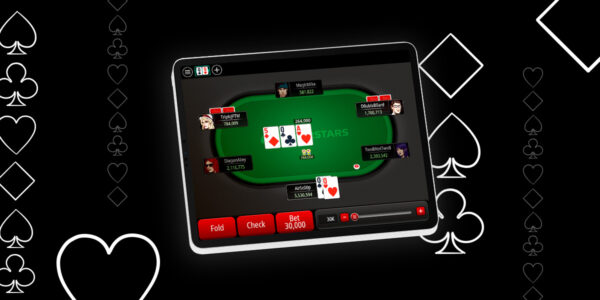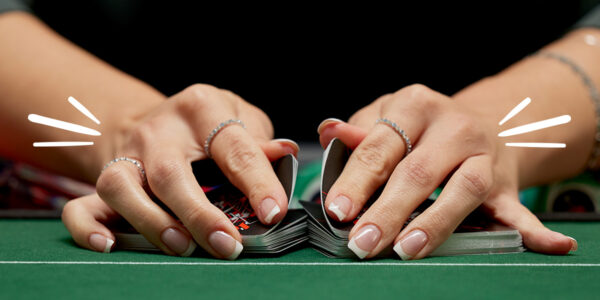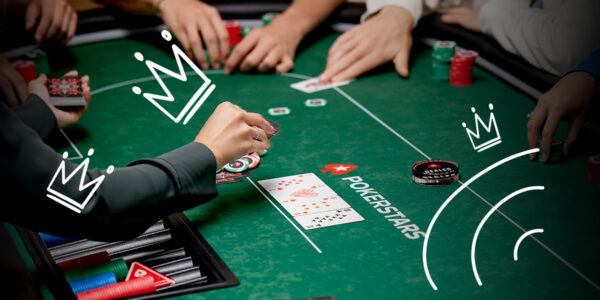How to Spot Underbluffing
Underbluffing happens when a player constructs a betting or raising range that has less bluffs in it and more value-bets than a balanced strategy would contain. At micro-stakes and low-stakes, underbluffing is very widespread. Making some tight folds when you come across an underbluffing opponent is a great way to boost your win-rate. Here are some examples of spots where the average opponent will fail to bluff often enough to entice you to call with a marginal hand.
1. On High Connected Run Outs
Imagine that an average, tight-aggressive regular opens in the CO and we 3-Bet in the SB with A♥ K♣ . Villain calls and we go heads-up to the flop of: K♥ Q♠ J♣ . We start off with a cautious check. There are many very strong hands possible here for Villain and this is a situation in which most tight players will struggle to find hands to bluff. The hands Villain should be blasting at us here as a bluff are holdings like TT, 99, 88, JTs, A9s, etc. Most players will not realise that they are supposed to turn hands that look like showdown value into bluffs here and will play quite face-up on a flop like this. If Villain checks behind, we have learned that his range is probably weak and value-betting the turn and river becomes a viable option for us. If Villain starts firing away however, then we should proceed with caution.
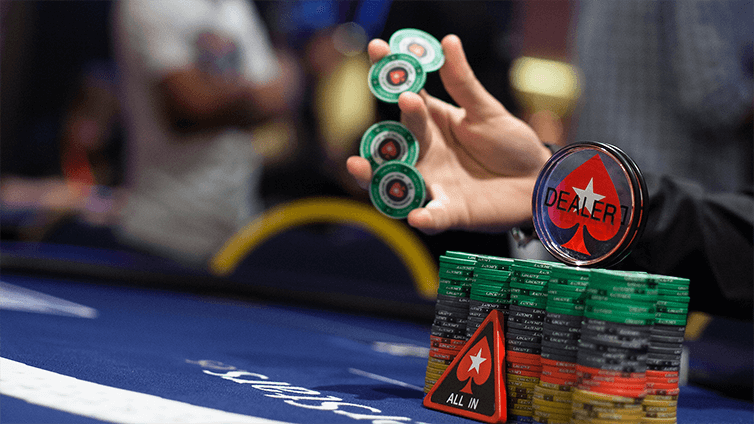
Villain bets half of the pot and we reluctantly call. The turn is the 4♦ , we check, and Villain now bets two thirds of the pot. This is a very underbluffed spot. It takes a very creative and aggressive opponent to bluff frequently enough here to cause us to want to call this bet. We make a tight but very lucrative fold. Calling again would be a big mistake against most players at the lower limits, and even marginal against someone more sophisticated.
2. When Draws Complete
Let’s takes an example. We defend our BB against a Hi-Jack (HJ) open with K♣ Q♠ and the flop comes Q♦ 9♦ 2♠ . Villain bets the flop and we call. On the 7h turn, Villain bets again and again we call. The river is the 8♦ and Villain triple barrels for three quarters pot. Because Villain’s turn betting range is, on average, weighted towards made hands, flush draws and straight draws, it will be nearly impossible for him to reach this river with air. Consequently, his river bet will be underbluffed.
Two possible bluffs on the turn that still have not improved are KT and KJ, but these are blocked by our hand and comprise only a small part of Villain’s range. While Villain will probably always value bet with a straight or flush, he will not always choose to bluff even if he has arrived here with KJ. In order to reach a high enough bluffing frequency to cause us problems here, Villain would need to find some less obvious turn barrels such as: 33 and A6s, at least with some small frequency and then follow through on the river. Since players fail to do this, they end up unbalanced and underbluffing on such run-outs. Our hand is an easy fold here, but even some stronger holdings such as 9♠ 7♠ could be folded here given Villain’s likely value-heavy range.
3. Multi-way Pots
People are tighter in general in multi-way pots, and rightly so; but taking this too far can again lead to the problem of underbluffing. Look out for situations such as the following. Hero calls 8♠ 7♠ on the BU after a HJ open and CO call. Three way to the flop of 9♥ 8♥ 7♣ and HJ bets half the pot. Not fancying his hand for a raise on this dangerous texture, Hero calls after the CO calls. The turn is the 2♥ . HJ checks quickly and CO bets two thirds of the pot. To have bluffs in his range here, CO will have to be flatting naked Tx hands on the flop and then blasting the turn on this flush card with a player behind him still to act who can easily have just turned the flush. It seems highly likely that, in this multi-way landscape on this soaking wet board, that CO is severely underbluffing. Hero’s bottom two pair then, heads quickly into the muck. Another good fold against an opponent who will fail to reach a satisfactory bluffing frequency for balanced play.
4. When the Pre-Flop Raiser Check/Calls the Flop
A regular in the SB opens and Hero calls in the BB. The flop is J♣ 6♦ 2♥ . SB checks and Hero makes a small bet value/protection bet with some mediocre hand like 77 or K6s – it doesn’t really matter. SB calls and the turn is the 3♠ : check-check. The river is the 8♥ and we still have a middling pair. Villain leads out for half pot and we need to decide whether to bluff-catch. Generally, one thing regulars will have here, when they choose not to c-bet but check and call our bet on the flop, is showdown value. This makes it quite difficult for them to arrive at the river with a hand that is weak enough to bluff. Most players are not in the habit of balancing their range by check/calling air on the flop on a dry board. The result once again is underbluffing and we can resist the urge to bluff-catch against such a range.
Conclusion
Underbluffing happens every day in many situations and lots of unaware players are paying off bets too lightly in all of these spots. Look out for the signs that your opponent will have a hard time holding air and fold accordingly.
Condimentum Nibh
Donec sed odio dui. Cras mattis consectetur purus sit amet fermentum. Vestibulum id ligula porta felis euismod semper. Curabitur blandit tempus porttitor.

